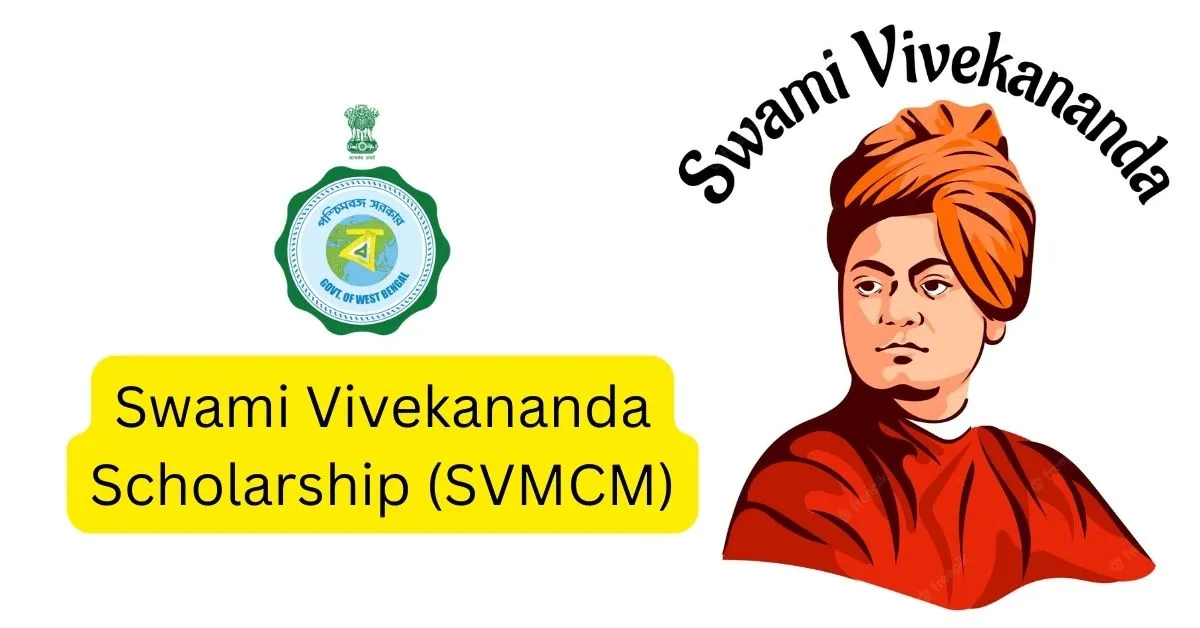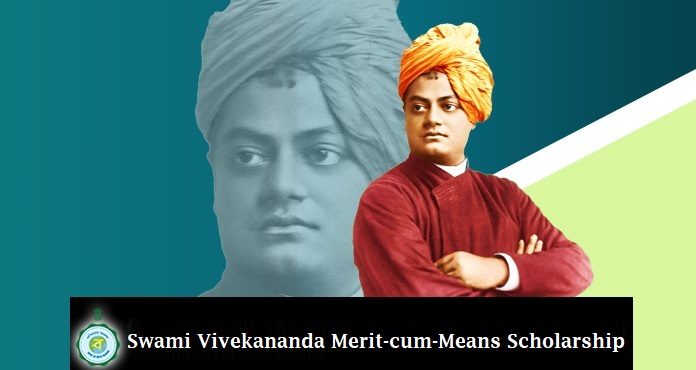Application Process
The application process for the Swami Vivekananda Merit Cum Means Scholarship (SVMCM) is designed to be straightforward and accessible, ensuring that eligible students can apply with ease. Here is a step-by-step guide on how to apply for the scholarship:
Step 1: Check Eligibility
Before applying, applicants should carefully review the eligibility criteria to ensure they meet all the requirements related to academic achievement, financial need, residency, and any other stipulated conditions.
Step 2: Gather Required Documents
Applicants will need to prepare and collect all necessary documentation. This typically includes:
- Academic certificates and mark sheets.
- Proof of admission to a higher education institution (if applicable).
- Income certificate of the family.
- Domicile certificate as proof of residency.
- Bank account details of the applicant.
- Passport size photograph.
- Aadhar card or other government-issued ID for identity verification.
Step 3: Online Application
The application process for SVMCM is usually conducted online through the official scholarship portal. Applicants need to:
- Visit the official website designated for the SVMCM application.
- Register as a new user, if applying for the first time, by providing required details such as name, date of birth, email, and mobile number.
- Log in using the credentials created during registration.
- Fill out the application form with accurate and complete information.
- Upload the scanned copies of all required documents.
Step 4: Submit the Application
After completing the form and uploading documents, review the application to ensure all information is correct and complete. Submit the application before the deadline. It’s advisable to keep a copy of the submitted application for personal records.
Step 5: Application Tracking and Acknowledgement
Upon submission, applicants usually receive an acknowledgement or a confirmation receipt. Many scholarship portals provide an option to track the status of the application through the website using the login credentials.
Step 6: Selection Process
After the application deadline, the scholarship committee will review the applications based on the eligibility criteria and the merit of the applicants. The selection process may also involve verifying the submitted documents with respective schools, colleges, or universities.
Step 7: Scholarship Disbursement
Successful candidates will be notified through the scholarship portal or via email/SMS. The scholarship amount is typically disbursed directly into the bank account provided by the applicant during the application process.
Tips for a Successful Application:
- Apply early to avoid last-minute technical glitches.
- Ensure that all documents are clear and legible.
- Double-check the application for any errors or omissions before submission.
- Keep track of the application status and respond promptly to any queries from the scholarship committee.
Scholarship Benefits
The Swami Vivekananda Merit Cum Means Scholarship (SVMCM) provides vital financial support to meritorious students from economically disadvantaged backgrounds, facilitating their pursuit of education across various levels. Key benefits include:
- Financial Support: The scholarship covers tuition fees and offers a maintenance allowance to help with living costs, books, and study materials.
- Amount: The scholarship amount varies, offering different monthly stipends for school-level, undergraduate, postgraduate, and doctoral students, tailored to the demands of their respective academic pursuits.
- Duration: Awarded annually, the scholarship is renewable based on academic performance, ensuring ongoing support.
- Coverage: It supports a wide range of academic disciplines and levels, from secondary education to doctoral studies, promoting inclusive education.
- Impact: SVMCM aims to alleviate financial barriers, encouraging higher education and contributing to socio-economic development.
- Ease of Application: An online application and renewal process makes it accessible and straightforward for eligible students.
Through these benefits, SVMCM plays a crucial role in empowering students to achieve their academic goals without the burden of financial constraints, promoting a culture of merit and inclusivity in education.
Challenges and Future Prospects
The Swami Vivekananda Merit Cum Means Scholarship (SVMCM) has significantly contributed to supporting meritorious students from economically weaker sections. However, like any large-scale initiative, it faces several challenges that need to be addressed to enhance its effectiveness. Simultaneously, the future prospects of the scholarship program look promising, with opportunities for expansion and improvement.
Challenges
- Awareness and Outreach: Despite its benefits, lack of awareness about SVMCM in remote and rural areas prevents potential beneficiaries from applying. Enhancing outreach efforts is crucial to ensure that information about the scholarship reaches all eligible students.
- Application Process Complexity: Some applicants find the online application process cumbersome or face difficulties due to limited internet access. Simplifying the application process and providing offline assistance can help mitigate these issues.
- Delayed Disbursements: There have been instances of delayed scholarship disbursements, which can affect students’ ability to pay for their education timely. Streamlining the disbursement process and ensuring timely release of funds is essential.
- Renewal Criteria: The criteria for scholarship renewal, based on academic performance, can sometimes be a source of stress for students. Revisiting these criteria to offer more flexibility could be beneficial.
- Limited Coverage: While SVMCM covers a broad spectrum of students, there are always opportunities to expand its scope to include more courses, higher education levels, or specific groups that are currently underrepresented.
Future Prospects
- Digital Transformation: Leveraging technology to further simplify the application and renewal processes can make the scholarship more accessible. Implementing a more robust digital platform could streamline operations and enhance user experience.
- Increased Funding: Raising more funds for the scholarship can increase the number of beneficiaries and the financial assistance provided. This could involve government initiatives, private sector partnerships, and alumni contributions.
- Expansion of Coverage: Expanding the scholarship to cover more courses, including vocational and technical education, can cater to a broader range of students and skill sets required in the evolving job market.
- Monitoring and Evaluation: Establishing a robust monitoring and evaluation framework can help assess the impact of the scholarship more accurately, identify areas for improvement, and ensure that the program meets its objectives effectively.
- Alumni Network: Creating an alumni network of SVMCM beneficiaries can foster a community of support and mentorship. Alumni can contribute by mentoring new recipients, offering career guidance, and possibly contributing financially to the scholarship fund.
- Policy Advocacy: The success stories and impact data from SVMCM can be used to advocate for similar policies and programs, both at the national and state levels, to support education for underprivileged students.
The Swami Vivekananda Merit Cum Means Scholarship stands at a juncture where addressing its current challenges and harnessing the opportunities for growth can significantly enhance its impact.
Must Read:
Conclusion
The Swami Vivekananda Merit Cum Means Scholarship (SVMCM) serves as a crucial bridge, enabling meritorious students from economically disadvantaged backgrounds to access higher education. Despite its challenges, including the need for greater awareness and streamlined processes, SVMCM offers significant potential for expansion and improvement. Future enhancements, such as leveraging technology, increasing funding, and broadening eligibility criteria, could further its impact. The scholarship not only supports individual academic pursuits but also promotes a culture of achievement and social progress. As SVMCM continues to evolve, it will undoubtedly empower more students to achieve their educational goals, fostering a brighter future for all.


